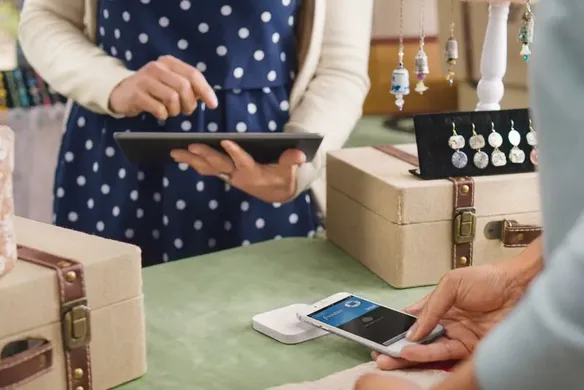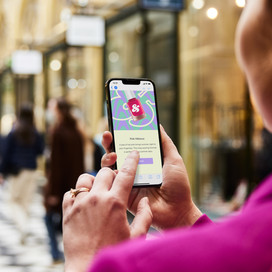Table of contents
How do you appeal to millennials? It’s a code that businesses of all sizes try to crack. And for good reason—millennials have some serious purchasing power. According to UBS, 19 to 34-year-olds are collectively worth $31 trillion and ready to spend. And Aussie millennials will account for about 54 percent of the country’s population by 2030.
Millennial trends move fast. And as a business, you need to constantly evolve to keep the attention of this generation. That means continually auditing everything from your pricing strategy to your marketing efforts to the design of your store. Here are some top millennial shopping trends, and how your business should adapt to stay relevant.
1. Put mobile first
It’s no secret that millennials are glued to their mobile devices. One report found that one in five millennials surveyed relies exclusively on smartphones and tablets to get online. That means that a mobile-optimised business website is no longer just nice to have, it’s essential to the relevancy of your business. Where do millennials shop? More and more, the answer is, online.
But mobile-first doesn’t just apply to your online presence. Your brick-and-mortar store should also be optimised with mobile in mind. This is especially true when it comes to accepting mobile “contactless” payments like Apple Pay and Google Pay. A recent survey found that 72% of Australians use digital payments, including contactless and cardless mobile payment options. To provide the customer experience that suits millennial trends, thinking mobile-first is crucial.
2. Invest in a social media strategy
Social media is how most millennials find and discover new products. In Australia, more than $16 billion are spent shopping on social media each year, according to recent statistics. Over half of millennials cite an increase in social media shopping. The research also found that over a third of Aussie social shoppers are more likely to impulse buy through social media, and 35% of millennials shop via social media during their commutes. So, businesses are well advised to make social media a cornerstone of their marketing strategy.
Although keeping social accounts updated, relevant, and interesting is important, it may not be enough to cut through the noise. Studies have found that millennials trust expert opinions from influencers over brands (and even their friends) when it comes to making purchasing decisions. One of the more apparent millennial shopping trends is decision making based on the opinions of trusted influencers. Towards that end, businesses should consider social partnerships with influencers or experts in their space.
3. Provide a seamless shopping experience
Millennials are savvy online consumers, but that doesn’t mean they’re not shopping at brick-and-mortar shops. In fact, an Accenture study found millennials still prefer to shop in stores, where they can touch and feel products in real life before they decide to buy them. However, they expect a seamless experience between shopping online and in a store. Many shoppers know what they’re buying before they even arrive at the store. That means they expect to find the same products (including any discounts), whether online or in the store. Businesses should make sure the shopping experience across all consumer touch points is consistent.
4. Price products competitively
Millennials shop through several different channels and conduct lots of research, so have an acute awareness of product pricing. More and more often, they “shop around” for a product at a retail store and then search for it online to find the lowest price. This shift in behaviour is likely due to the increased usage of smartphones, which allow shoppers to search for an item easily, even when they’re in a store. To stay relevant, businesses need to offer competitive pricing or more value than what consumers can find at online retailers like Amazon. Another strategy is offering a discount for in-store pickup, so customers can save on the shipping fees that may be associated with shopping at other retailers.
5. Offer a loyalty program
Loyalty programs are also big with millennials. In data released by The Wise Marketer, 68 percent of Aussies say that loyalty or rewards programs enhance their brand experience. There has also been a significant increase in Australian shoppers taking advantage of rewards they earn. Loyalty programs that offer free shipping may be particularly effective. Of millennial shopping trends, free shipping as a benefit of loyalty programs is valued highly.
6. Make your store a pleasant place to be
According to millennial trends, this generation is also particular about what types of environments they prefer to shop in. A large percentage of millennials report disliking loud and busy stores and instead gravitate toward calming environments. Brick-and-mortar stores should take note and make sure their spaces are designed to be clean, relaxed, and un-frenzied.
![]()











